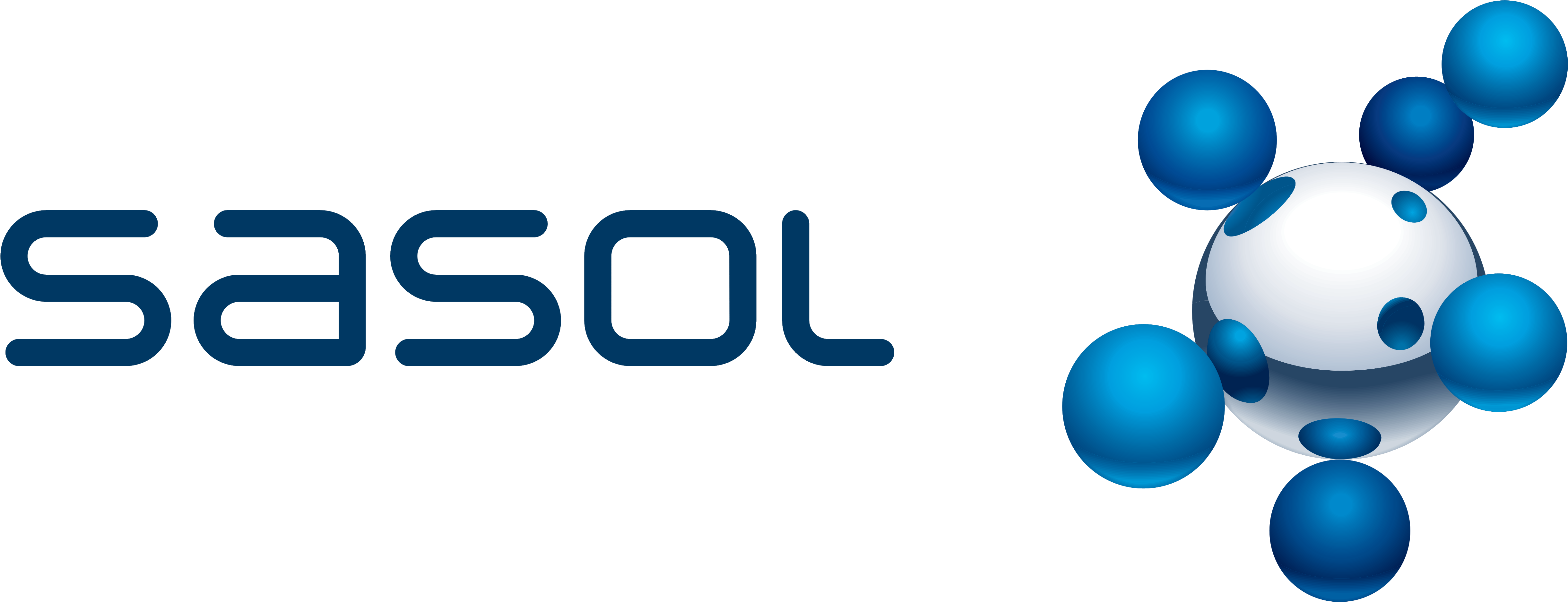Signing up for Green Maritime Corridors
In the few short weeks since we explored the concept & implementation of “Green Maritime Corridors” at Ammonia Energy, we’ve seen a flurry of significant players express their interest in the space. Here we explore announcements from the Castor Initiative, the European Green Corridors Network, and the news that Singapore will become a signatory to the Clydebank Declaration for Green Shipping Corridors.









